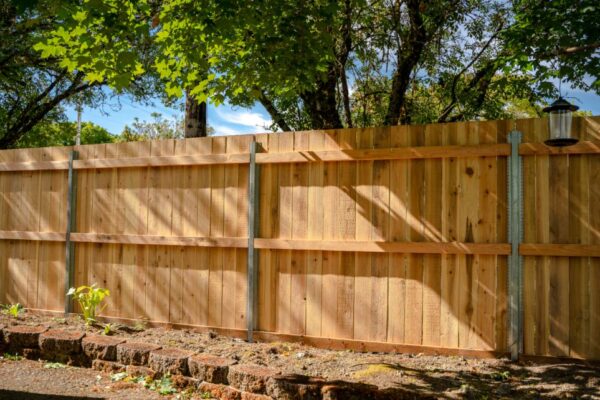A Homeowners Guide to Navigating Insurance Claims After Storm Damage

When winter’s wrath leaves a trail of destruction, homeowners often face the grim reality of property damage. From battered roofs to broken fences, the aftermath can be overwhelming, even if repairs are covered by insurance.
Filing claims and scheduling repairs is a scary and daunting process, so we created this guide to navigating insurance claims after a storm has damaged your home, roof, or fence. We don’t want you to miss any essential steps while you work to restore your property! Read on for the details on how to document your damage, file a claim, follow through, and find a trustworthy licensed contractor.
Document property damage
Capturing photos and video is critical when dealing with damaged property and filing an insurance claim. These visual records serve as tangible evidence of the extent of the damage by providing clear and detailed documentation of the affected areas.
Insurance companies rely heavily on visual proof to assess the severity of the loss and determine the appropriate compensation. Try capturing various angles and close-ups to accurately depict your property’s condition before and after the incident. This photographic evidence can:
- Facilitate a smoother claims process.
- Help prevent disputes.
- Ensures that the insurance company has a comprehensive understanding of the damage.
- Expedite the approval and reimbursement process.
Start your insurance claim quickly
Initiating an insurance claim is a crucial step in the aftermath of a damage-causing event, and it’s best to begin a claim as soon as possible after an incident. With photos in hand, you should be able to give clear and accurate information on what was damaged, but it’s good to make a list of damaged items as well. Once the claim is filed, the insurance company will assign an adjuster to assess the damages and determine the appropriate compensation.
Be patient, but persistent
When storm damage occurs, it’s likely to affect many homeowners at once, which means your insurance company may be juggling quite a few claims simultaneously. Be your own advocate to ensure that your issue remains a high priority for your insurance company and the adjuster assigned to you. We recommend that you respond quickly to any questions you are asked to help keep the process moving. Keep your phone nearby and check your email regularly so they aren’t waiting long for any responses.
In Oregon and Washington, you can pick your contractor
Remember that in Oregon and Washington, you have the power over your insurance company to pick your contractor. So, how do you know who to select? We recommend you:
- Ask for referrals from people you trust.
- Check the reviews others have left about a company.
- Ask for examples of a company’s history in repairing damage similar to yours.
- Above all, work with a licensed contractor with a trusted work history.
Pick a contractor that will negotiate for you
Working with a contractor who is well-versed in the language of insurance policies and the nuances of claim negotiation can be an incredible relief when you’re grappling with the stress of storm damage to your property.
With more than 40 years in the business, Rick’s Fencing & Decking is prepared to work as your advocate and make sure that the scope of work required to restore your home is fully covered and that the costs align with the real-world prices for high-quality repairs.
If you have damaged property in a location we service and need repairs, contact us today to see how we can help you restore your property.



